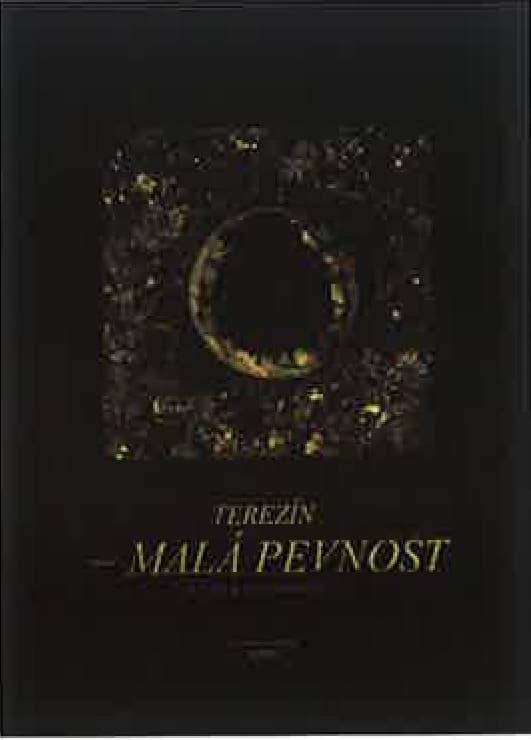Scalo books
/presentation of selected photo-books by scalp publishers, presentation of creative book projects by artists, round-table discussion with publishers and artists, a book sale – langhans gallery, Prague, May 11 – 18 2006 /
Out on the streets people resemble portraits of someone else. Where are they, in their own right? Dissolved in the portraits of others? It was with such iconoclast thoughts, very akin to the writing of Czech poet Jan Kamenik, that I approached the opening of the above mentioned event at the Langhans Gallery in Prague. The central theme of an exhibition organized by graphic designer Helena Santava together with photography curator David Korecky was the combination of books and photography. On the gallery’s first floor the organizers exhibited 82 creative book projects mostly by young Czech photographers, on the ground floor, one could purchase books brought out by one of Europe’s foremost publisher of books on photography with a very welcome reduction in price. Present at the opening was the founder of the publishing house Walter Keller. Together with the charming first lady of Czech theory of art and photography Anna Farova, and the erudite Czech-Swiss photographer Iran Stehli they presented the result of the latter’s effort of several decades, documenting a Romany woman living in Zizkov (Prague), entitled Libuna.
The accompanying program was extensive, and I missed the lecture by W. Keller and the Czech publisher Viktor Stoilov (Fototorst edition).
Still, I made it to the presentations of the authors of the various photo-books. They gave one an idea of how difficult it is for all of us to speak intelligibly about our creative projects – and as it turned out, most of the artists displayed the same ruthlessness in regard to the graphic design of their book projects as to their verbal presentations. If I leave out the established stars such as Marketa ahoy& Alena Kotzmannova or Viktor Kopasz, the Slovak pilgrim of urban jungles, the only things I liked were the extremes. One of those was typified by a defiant gesture full of pathos, where a dying medium propitiously meets with a vanishing subject (a Romany settlement), in Robert Porte’ ‘s 1984 – 1990 work Osada (The Settlement). Similar to this was Terezin, Maki pevnost (Terezin, the Small Fortress, 1999) by the Kveton brothers (Pudon), the explorers of the dark genius loci. Both works function as mementoes of uncomplicated relations between book and photography, when photography would cozily allow itself to be locked between the covers of the book, as within a framework for containing time and space.
The very opposite approach is characteristic of artists such as Martin Zet (Kratke pfilbehy/ Short Stories, 1998], Karolina Bilkova (Prahy/ Pragues, 2005), Ivars Gravlej (Fotoalba/ Photoalbums, 2005), Alen Aligrudio (My Emotional Fitness, 2005), Marketa Kinterova (Projekt 1, 1#, 2#, 3#, 2006) and Jan Tesar (Postfiehy/ Insights, 2005), who test the resilience and flexibility of both photographic and non-photographic criteria. In their rendition, the book ceases to be useful as an environment for photographs, and if it is used at all, it is above all due to the absence of another, alternative format.
Among the works that stand outside the above cited generalization, most intriguing were Marie Kratochvilova ‘s 1977 Ma France, or the project of Kate•ina ❑r2kove, who managed to expand a rigid school assignment by conveying the fragility of an intimate relationship. Worth noting was also the media critique of Gabriela Kontra presented in her Diary (Denik, 2006). Among other names I marked in my exhibition program are Jachym Kliment, Petr Korbelar, Camille Laurelli and Johana PoSova.
Scalp Publishers have presented themselves with a whole range of books of world-renowned artists. Among the few essential books on theory, Veronica’ s Revenge follows the gradual revival of photography in the 1960s, when the slumbering medium was adopted by visual artists who redefined its Modernist premises. Czech patriots would not have failed to notice Jaroslav Andel” s book, published in Czech by Slovart, entitled Nova vize – Avantgardni architektura v avantgardni fotografii: Ceskoslovensko 1918-1938 (New Vision – Avant-garde Architecture in Avant-garde photography: Czechoslovakia 1918- 1938). Still, I must note, that apart from a few interesting titles, most of the books presented by Scale are best summed up by a paraphrase of Marshall McLuhan – that art is marketed as a commodity, instead of being presented as the means of quickening our perception.
#7 New staged photography
Archive
- #45 hypertension
- #44 empathy
- #43 collecting
- #42 food
- #41 postdigital photography
- #40 earthlings
- #39 delight, pain
- #38 death, when you think about it
- #37 uneven ground
- #36 new utopias
- #35 living with humans
- #34 archaeology of euphoria
- #33 investigation
- #32 Non-work
- #31 Body
- #30 Eye In The Sky
- #29 Contemplation
- #28 Cultura / Natura
- #27 Cars
- #26 Documentary Strategies
- #25 Popular Music
- #24 Seeing Is Believing
- #23 Artificial Worlds
- #22 Image and Text
- #21 On Photography
- #20 Public Art
- #19 Film
- #18 80'
- #17 Amateur Photography
- #16 Photography and Painting
- #15 Prague
- #14 Commerce
- #13 Family
- #12 Reconstruction
- #11 Performance
- #10 Eroticon
- #9 Architecture
- #8 Landscape
- #7 New Staged Photography
- #6 The Recycle Image
- #5 Borders Of Documentary
- #4 Intimacy
- #3 Transforming Of Symbol
- #2 Collective Authorship
- #1 Face

